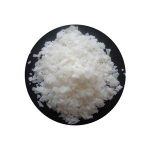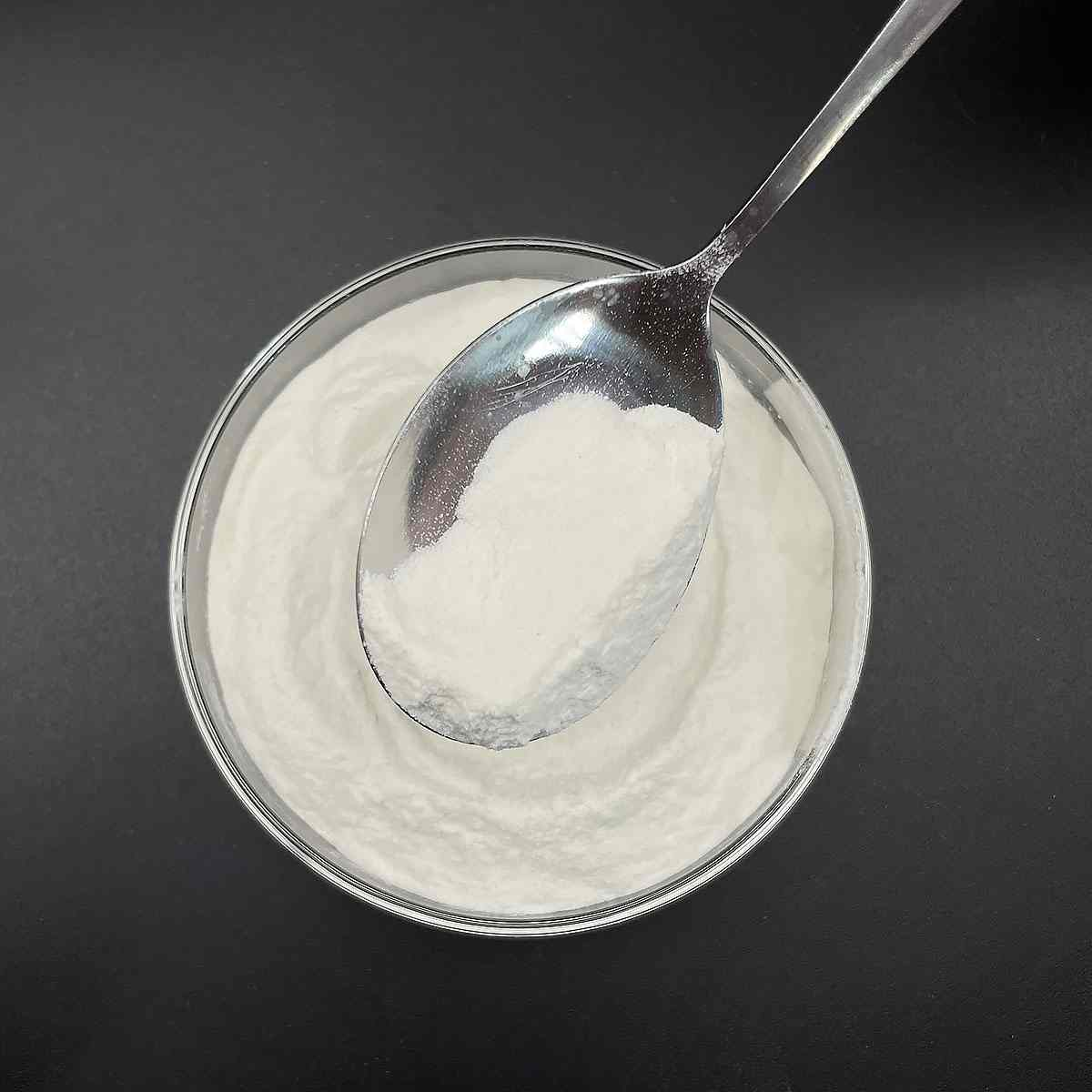1. Introduction
Just 24 hours ago, a major cosmetics brand announced it’s reformulating all its shampoos to remove sodium lauryl sulfate (SLS) in favor of gentler alternatives like decyl glucoside and sodium cocoyl glutamate. This move reflects a growing consumer demand for sulfate-free products and highlights ongoing debates about the safety and environmental impact of common surfactants.

If you’ve ever read an ingredient label on shampoo, toothpaste, or even a weed killer, you’ve likely seen ‘sodium lauryl sulfate‘—or its many aliases like sls sodium lauryl sulfate, natrium lauryl sulfate, or sodium dodecyl sulfate. But what exactly is it? And how does it compare to other surfactants like sodium laureth sulfate, cocamidopropyl betaine, or bio surfactants?
2. What Is a Surfactant, Anyway?
The meaning of surfactant is simple: it’s a surface-active agent that reduces surface tension between liquids or between a liquid and a solid. Surfactants have a hydrophilic (water-loving) head and a hydrophobic (oil-loving) tail, allowing them to lift grease, create foam, and help ingredients mix.
Surfactants fall into four main types: anionic, cationic, nonionic, and amphoteric. Sodium lauryl sulfate is a classic example of an anionic surfactant—meaning it carries a negative charge. This gives it strong cleansing and foaming power but can also make it harsh on skin and eyes.
3. Sodium Lauryl Sulfate vs. Its Close Cousins
Sodium lauryl sulfate (SLS), also known as sodium dodecyl sulfate or na lauryl sulfate, is often confused with sodium laureth sulfate (SLES), sometimes labeled as sodium lauryl ether sulfate or sodium lauryl ether sulphate. Despite similar names, they’re chemically distinct.
SLS is derived from lauryl alcohol (often from coconut or palm kernel oil) and is not ethoxylated. SLES, on the other hand, is ethoxylated—meaning ethylene oxide is added during production, making it milder and less irritating. That’s why SLES is more common in shampoos labeled ‘gentle’ or ‘for sensitive skin.’
- SLS: Strong degreaser, high foaming, potential irritant
- SLES (sodium laureth sulfate): Milder, better solubility, may contain trace 1,4-dioxane (a byproduct of ethoxylation)

Both are anionic surfactants, but SLES is often paired with amphoteric surfactants like cocamidopropyl betaine (also called coco betaine or amidopropyl betaine) to further reduce irritation and boost foam stability.
4. Gentler Alternatives Gaining Ground
As consumers seek cleaner labels, formulators are turning to alternatives like alkyl polyglucoside, coco glucoside, and decyl glucoside. These are non ionic surfactant or nonionic surfactant types derived from sugar and fatty alcohols—making them biodegradable and skin-friendly.
Other mild anionic options include sodium lauroyl sarcosinate (a sarcosinate-based surfactant), sodium cocoyl isethionate, and sodium lauroyl methyl isethionate. These offer good lather with minimal irritation and are common in ‘sulfate-free’ cleansers.
Amphoteric surfactants like cocamidopropyl betaine are especially useful because they can act as either anionic or cationic depending on pH. This makes them versatile in formulations that need both cleansing and conditioning properties.
5. Beyond Personal Care: SLS in Agriculture and Industry
Sodium lauryl sulfate isn’t just for shampoo. It’s also used as a surfactant for herbicides and a lawn wetting agent. In weed killers, it helps active ingredients stick to waxy plant leaves—a function also served by methylated seed oil or nonionic surfactants like polysorbate 80 or Span80.
However, in agricultural settings, lignin sulfonate or ethoxylated alcohol-based surfactants are often preferred for their lower toxicity to soil microbes. Fluoro surfactants and copper 1 bromide are niche options for specialized applications but raise environmental concerns.

For home gardeners, a wetting agent for grass might contain SLS, but many now opt for bio surfactants derived from plant oils to avoid harming beneficial insects or aquatic life.
6. Safety, Myths, and Misconceptions
Despite viral claims, SLS is not carcinogenic. Regulatory bodies like the FDA and EU SCCS consider it safe in rinse-off products at typical concentrations (1–15%). However, it can cause irritation in people with sensitive skin or conditions like eczema.
Note: SLS is different from sodium dodecylbenzene sulfonate (a common detergent in laundry powders) and cetyl trimethyl ammonium bromide (CTAB), a cationic surfactant used in labs and antiseptics—not in shampoos.
Also, don’t confuse SLS with ammonium lauryl sulfate (ALS), which is similarly effective but slightly milder. Both are anionic, but ALS is more soluble in hard water.
7. Where to Buy and What to Look For
If you’re sourcing sodium lauryl sulfate for formulation, you’ll find it listed as ‘sodium lauryl sulfate for sale’ from chemical suppliers like Rohit Surfactants Private Limited. Always verify purity and intended use—industrial-grade SLS isn’t suitable for cosmetics.
When reading labels, watch for synonyms: sls sulfate, lauryl sulfate, or even ‘natrium lauryl sulfate’ (the Latin-derived name used in some regions).
8. Conclusion
Sodium lauryl sulfate remains a powerful, cost-effective surfactant—but it’s no longer the default choice. With safer, bio-based alternatives like alkyl polyglucoside, coco glucoside, and amphoteric betaines on the rise, the surfactant landscape is evolving toward gentler, greener solutions. Whether you’re formulating shampoo or mixing weed killer, understanding the differences between anionic, cationic, and nonionic surfactants helps you choose the right tool for the job.
Our Website founded on October 17, 2012, is a high-tech enterprise committed to the research and development, production, processing, sales and technical services of ceramic relative materials such as What. Our products includes but not limited to Boron Carbide Ceramic Products, Boron Nitride Ceramic Products, Silicon Carbide Ceramic Products, Silicon Nitride Ceramic Products, Zirconium Dioxide Ceramic Products, etc. If you are interested, please feel free to contact us.


